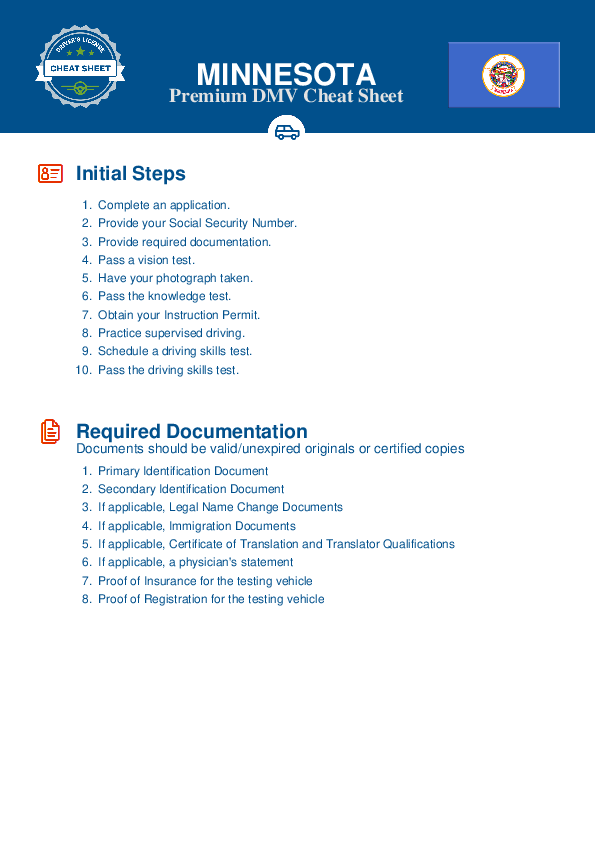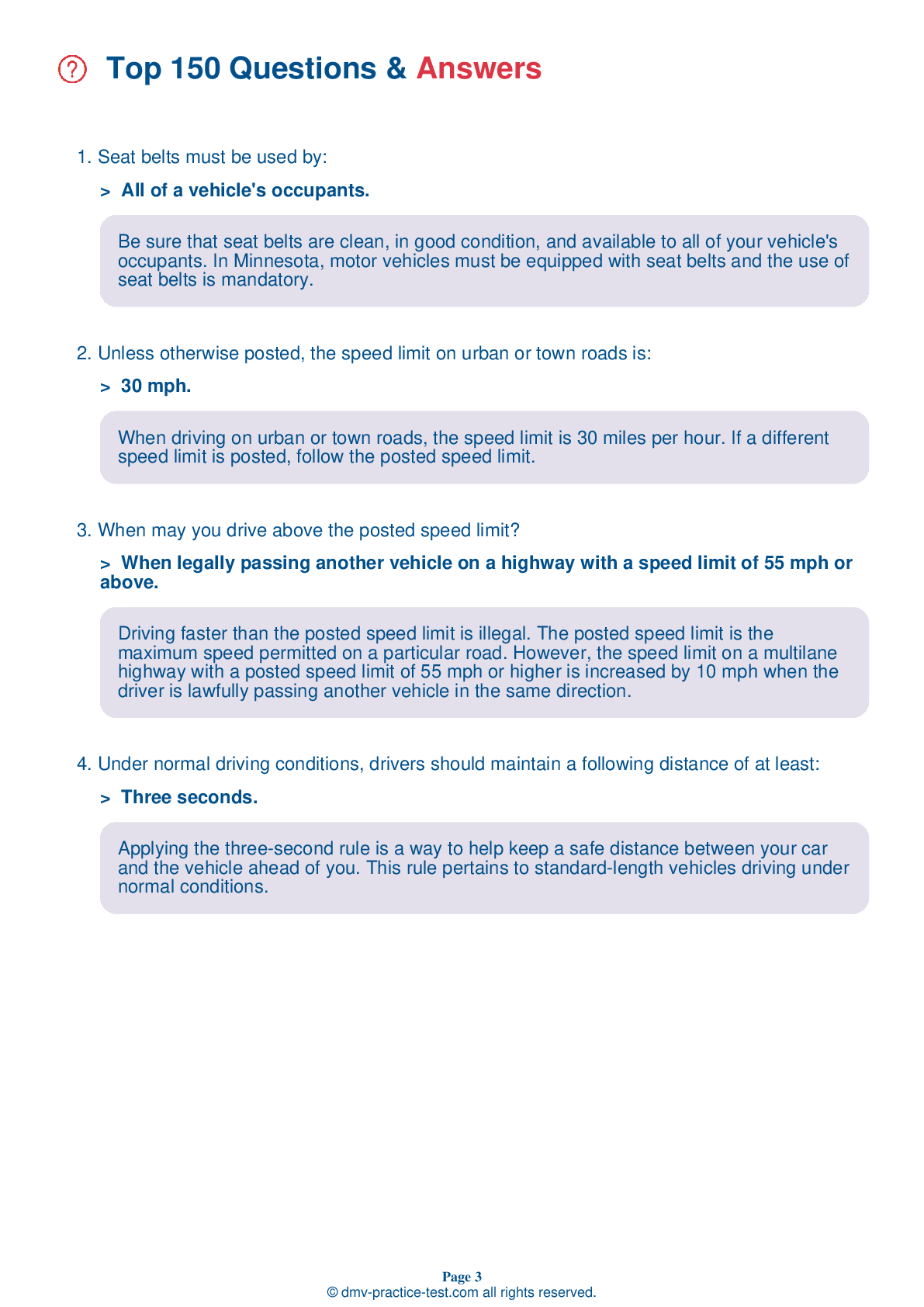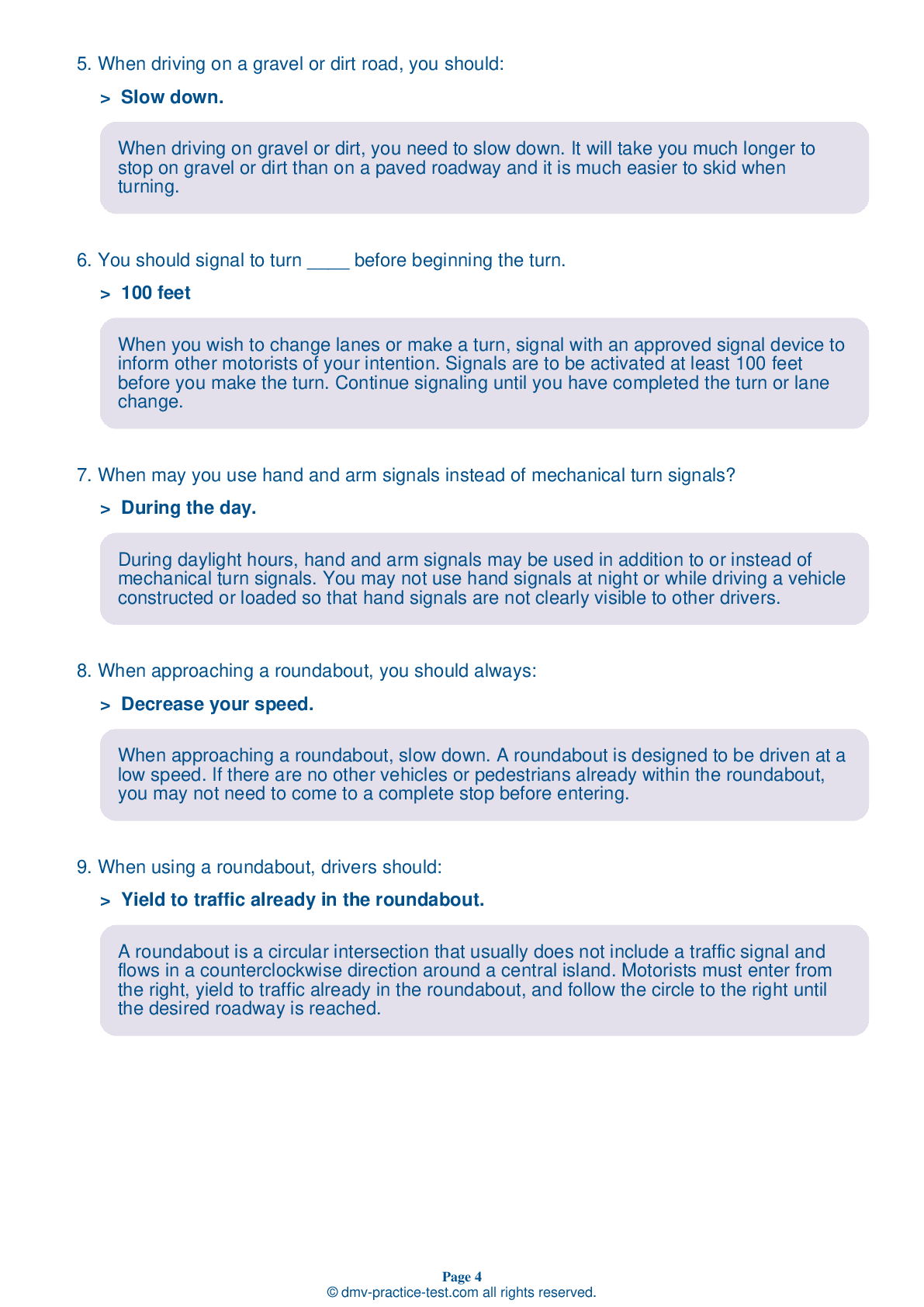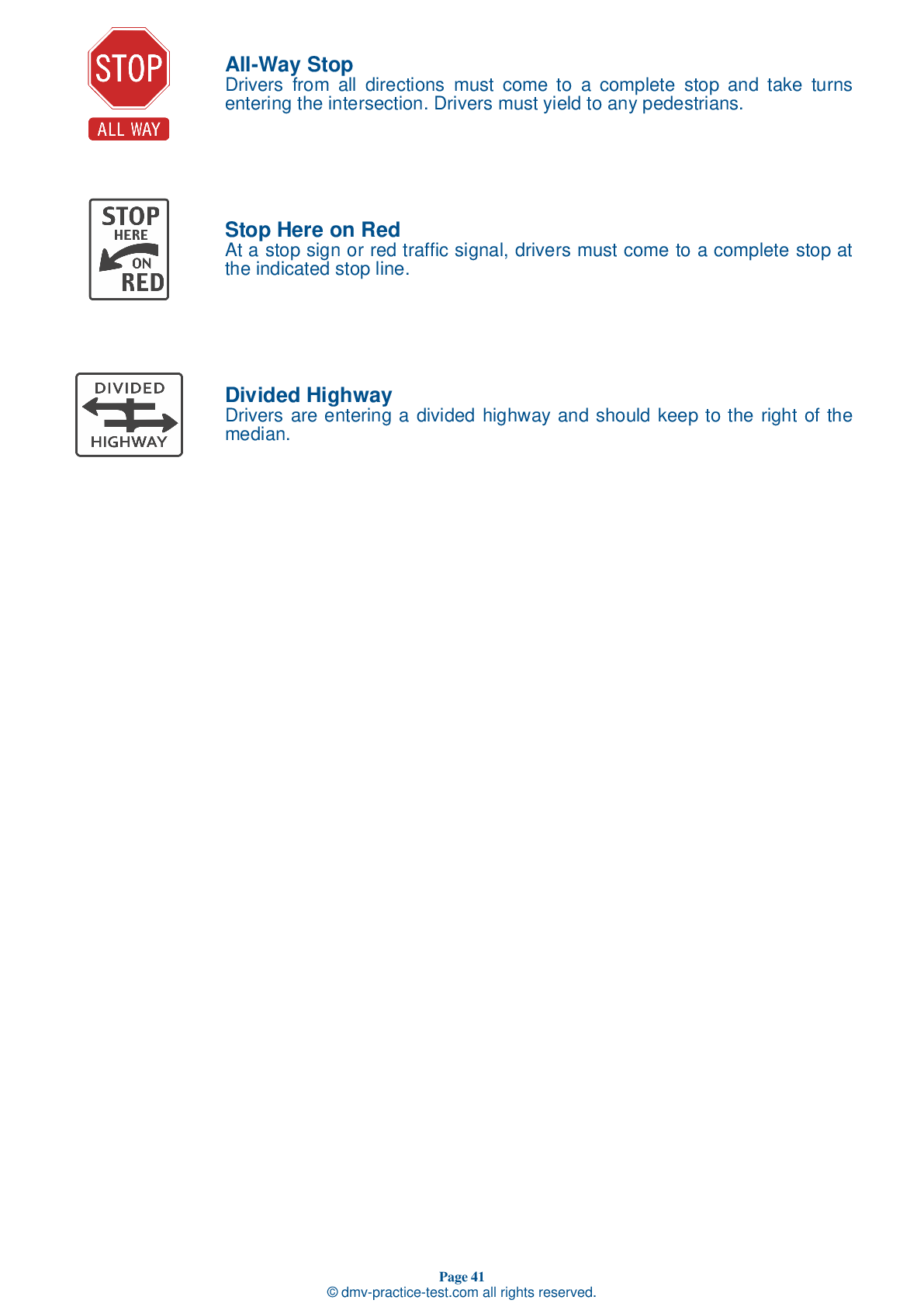FREE Minnesota DMV Practice Test #15 Page 4 of 5
The Minnesota DMV practise examinations have been updated for January 2025. It includes questions based on the Minnesota Driver Handbook's most essential traffic signals and laws for 2025. Use actual questions that are very similar (often identical!) to the DMV driving permit test and driver's licence exam to study for the DMV driving permit test and driver's licence exam.
On the practise exam, each question gets a tip and explanation to help you remember the concepts. The written component of the official Minnesota DMV test will include questions about traffic rules, traffic signs, and driving statutes, as well as knowledge from the Driver Handbook.
To obtain a passing grade, you must correctly answer 32 of the 40 questions. To help you prepare for your instruction permit or driver's licence, take our Minnesota DMV practise test.
The DMV exam is available in several languages.
Using any kind of testing assistance will result in an automatic fail, and the DMV may take additional action against your driver's licence, so stay away from it.
25 . To enter a freeway:
When merging into traffic, you should signal and enter at the same speed that traffic is moving. Always yield to other traffic when entering a roadway.
26 . When approaching a railroad crossing warning sign:
Railroad crossing warning signs are used to warn drivers of the possibility of a train. Drivers should obey all railroad crossing warning signs and never go around barriers or disregard the warning sign.
27 . If two drivers arrive at the same time to a four-way intersection controlled by stop signs:
Yield the right-of-way to the driver on your right at a four-way intersection if you both arrive to the intersection at the same time. You may then proceed when it is safe to do so.
28 . Drivers may not park:
Drivers should be aware of the many areas where they are not permitted to park. These areas include in front of mailboxes, in front of driveways, in tunnels, and on bridges.
29 . You are driving on a divided multilane highway and see or hear the signal of an approaching emergency vehicle. You should:
If you hear the siren or see the flashing lights of an emergency vehicle, you must slow down, provide a clear path for the vehicle, and stop. Don't try to outdrive the emergency vehicle.
30 . This road sign means:
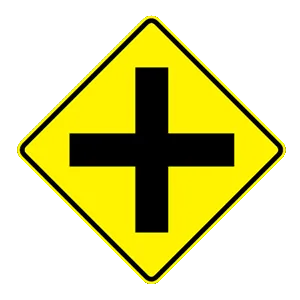
This signs warns that a four-way intersection is ahead.
31 . Which of the following does not happen after drinking?
Alcohol reduces your reaction time, reduces your ability to see clearly, changes your judgment of speed and distances, reduces your ability to recover from the glare of headlights, and often reduces your inhibitions and makes you more likely to take risks.
32 . You are waiting to turn left at a multilane intersection and opposing traffic is blocking your view. You should:
You should never start a left turn until you can see that all the lanes you need to cross are clear and that you can safely make the turn.
See the exact questions that will be on the 2025 Minnesota DMV exam.
99.2% of people who use the cheat sheet pass the FIRST TIME
LT gives us an insight on how the cheat sheet provided her with all the study questions she needed before taking her test.
Joe initially studied with the handbook and failed his test, he eventually found us online, studied and pass his test the first time around.
